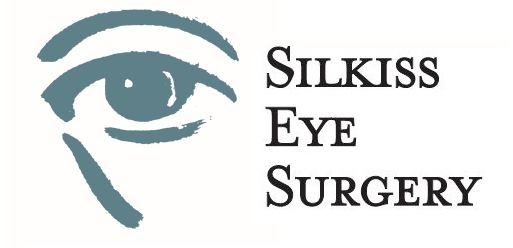COSMETIC SURGERY
Upper Eyelid Blepharoplasty
(Eyelid Lift)
Lower Eyelid Blepharoplasty
(Lower Eyelid Bags)
Asian Eyelid Surgery
(Double Eyelid)
NON-SURGICAL COSMETIC OPTIONS
RECONSTRUCTIVE SURGERY
Ptosis (Drooping Upper Eyelids)
Eyelid Malpositions
(Ectropion & Entropion)
Eyelid Skin Cancer
and Reconstruction
Chalazion, Stye, and Skin Tags
Tearing and Lacrimal System
(Tear Duct)
Thyroid Eye Disease
(Graves' Disease)
Prosthetic Eye &
Eye Socket Surgery
Congenital Ptosis and Pediatric Conditions
Facial Paralysis (Bell's Palsy)
Benign Essential Blepharospasm (Eyelid Spasms)
Trauma (Eyelid Lacerations &
Orbital Fractures)
EYE REMOVAL (ENUCLEATION)
Enucleation is a surgery in which the eye is removed while leaving the eye muscles and orbital contents intact. Removing an eye may be necessary when a tumor has been discovered in the eye, if a blind eye has become painful, or in the case of severe trauma. Sometimes, removing an eye is the only remaining solution to eliminate pain associated with a blind eye. After the eye is removed, an ocular prosthesis is worn in it's place. Ocular prostheses - also known as artificial eyes - nowadays are so well-made, that many people will not notice that you have a prosthetic eye.
THE PROCEDURE
Enucleation surgery is performed in an operating room under general anesthesia. After the eye muscles are carefully isolated, the eye is removed, and a spherical implant is placed into the eye socket. The eye muscles are attached to the implant to allow motility. A specialized pain pump is the placed behind the implant, and the orbital tissue is sutured closed to cover the implant. A patch is placed over the eye socket, which will be worn for 3 days. You will be give pain medicine to administer at home via the pump. This eliminates most of the pain that is associated with enucleation surgery. Most of our patients are surprised as to how little pain they experienced after surgery.
RECOVERY AFTER SURGERY
After 4-6 weeks of healing, you will see an ocularist, a specialist who fabricates ocular prostheses, sometimes known as an "artificial eye". The ocularist will match the coloring and characteristics of your other eye. Once the prosthesis is in place, you may leave it in indefinitely and do not have to remove it for cleaning. The prosthesis will move along with the other eye, although to a lesser degree.

